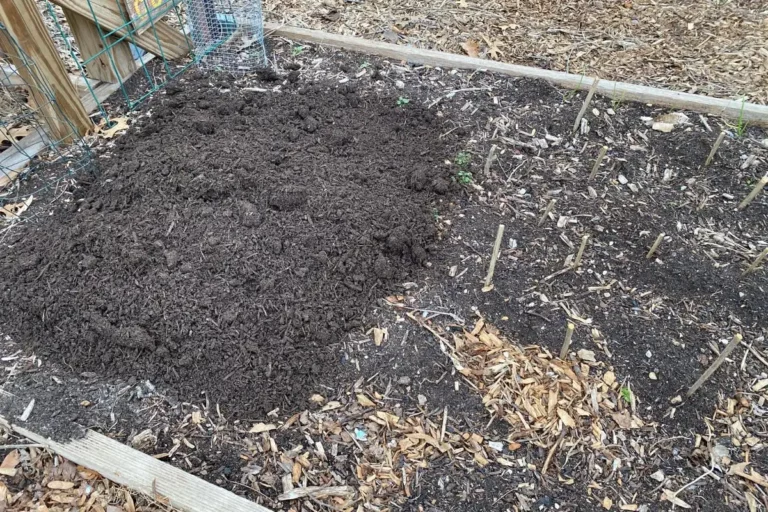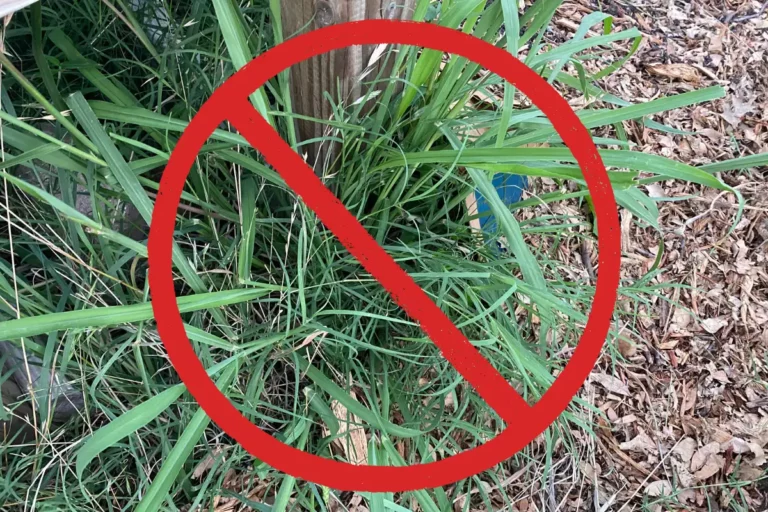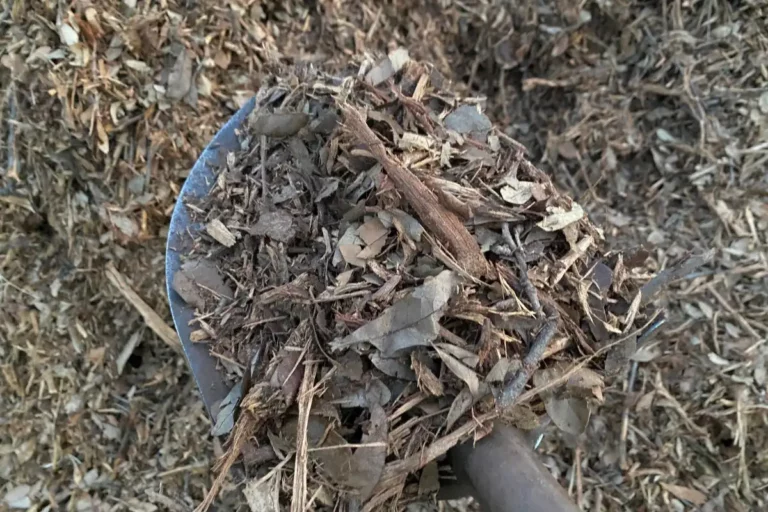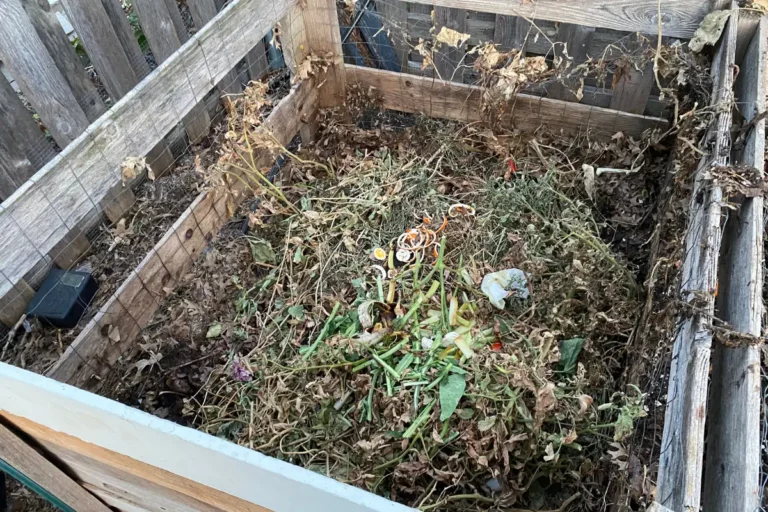Is Your Leftover Pizza Compost-Friendly?
As a longtime gardener, I try to compost as much as possible, but I’m also a pizza lover and someone who particularly dislikes food waste. Every once in a while, I forget about my leftover pizza and find it days later, when it’s not something I really want to eat.
The idea of throwing it away doesn’t sit well with me, so this brings up a funny question: Can I compost pizza?
As a general rule, pizza slices shouldn’t be composted since they’re often greasy and covered in cheese and meat. But grease-free pizza crusts can compost well, and relatively clean pizza boxes can too. However, anything that’s covered in grease, cheese, or meat shouldn’t go in the compost bin.
Pizza is delicious, but composting pizza can turn into a nightmare if you’re not careful.
Toppings like meat should never be added to garden soil, and both meat and cheese can create foul odors and attract pests. Beyond that, greasy residue from pizza boxes can create a less-than-ideal environment for compost decomposition.
However, there’s actually still quite a bit of composting you can do with your last pizza order, so in this article, I’m going to give you a quick overview of these important topics:
- An overview of the parts of pizza and pizza crusts that should and shouldn’t be composted.
- General guidelines for composting pizza boxes quickly and easily.
- A list of food items that you should never compost and reasons why.
If you’ve ever wondered just how much of your recent delivery can go in the compost bin, you’ve come to the right place.
One final thing before we get started: If you don’t own one of these kitchen countertop compost containers, you should get your hands on one.
I’ve tried various kinds over the years—some expensive ones, others that were pretty cheap–but this Joe & Leah stainless steel compost container is my absolute favorite. It keeps in smells but also looks really nice on the counter.
I also recommend getting your hands on a high-quality shredder (one that’ll cut through at least 12 pieces of paper) if you’d like to compost your pizza boxes. When building a compost bin or pile for the first time, you can layer pizza box pieces at the bottom, but for everything else, you’ll want to shred that cardboard before adding it to your compost.
Can You Compost Leftover Pizza?

When it comes to composting, let’s take a quick look at each individual element on your slice of pizza:
- Crust
- Sauce
- Cheese
- Veggies
- Meat
Let’s start with the crust. Pizza crust is primarily composed of flour, water, and yeast, all of which will decompose just fine in your compost.
The carbohydrate content in the crust will be a feast for the microorganisms that drive the composting process, so crusts, even those that have hardened from too long a stay in the refrigerator, get a green light for your compost bin.
Next up is the sauce. Most pizza sauces primarily contain tomatoes and a range of sugars and spices plus some preservatives. Tomatoes obviously compost well. The same goes for the spices that flavor the sauce.
But I’m not a fan of putting preservative-laden sauces in the compost bin, so I generally don’t compost anything that’s got old tomato sauce on it unless I know the sauce was homemade.
Let’s move on to the cheese. Technically, you can compost cheese since dairy products, including cheese, will break down in a compost pile.
However, I don’t recommend composting any milk or dairy products since you can attract unwanted pests and cause your compost bin to smell awful.
If you’ve got a few sprinkles of cheese on your leftover pizza crust, that’s not a problem, but don’t put whole slices of pizza in there due to the cheese content.
Toppings are a little tricky. On the one hand, vegetable toppings such as bell peppers, mushrooms, olives, onions, and pineapple are all compostable. They’ll break down and contribute to greens in your compost pile.
Unfortunately, you don’t know what they’ve been cooked in, so that’s a risk I’m not willing to take.
What about meat toppings like pepperoni, sausage, and bacon?
This is a hard “no” because meat products should never be composted. They attract pests, but more importantly, they can even introduce harmful pathogens into your garden soil.

As we all know, slices of pizza often contain all of the above, so composting them is a bad idea. The crust and veggies might compost just fine, but the dairy and meat products will add unwanted elements to your compost, attract all kinds of pests and critters, and potentially transmit unwelcome pathogens into your compost pile or bin.
Veggie pizzas might cause fewer problems than meat-lover pizzas, but my overall recommendations remain the same: Do not compost your leftover pizza slices. Just put them in the trash where they belong.
But there’s one important exception to this rule, so keep reading to learn more!
Can Pizza Crust Be Composted?
As I noted above, pizza slices should never be composted. But what about crusts? Can you cut away the crust and throw it in the compost pile?
Standard pizza crust, whether it’s thin and crispy or thick and doughy, is generally safe for composting, assuming the crust isn’t covered in grease, sauce, or cheese.
Pizza crusts are made with simple ingredients like flour, water, yeast, and a pinch of salt and sugar. All these ingredients break down quite well in a compost pile and don’t attract pests or spread pathogens.
(However, I generally don’t put pizza slices in my compost since I like to err on the safe side!)
What about whole wheat or deep-dish crusts?
Both crusts can be composted, but the deep-dish crust will take longer to break down, and it might be saturated with oils or sauce. You’ll need to make sure the crust is okay for composting before tossing it in the compost, and that can be difficult to do sometimes.

The same can’t be said for specialty crusts, like the kind that are stuffed with cheese or meat, or for any crusts that are overly greasy. Those shouldn’t go anywhere near the compost. Just toss them in the trash!
Simply put, most pizza crusts can end up in your compost pile, but you’ll need to use some common sense before doing so and keep an eye on the cheese and grease content.
As the old cliched saying goes, “When in doubt, throw it out.”
Greasy or Not: Can You Compost Pizza Boxes?
Whether it’s a Domino’s delivery or something you picked up at your local pizzeria, you’ve probably wondered at some point: Can I compost this pizza box?
Much like what I noted above, the answer is: maybe yes, maybe no.
Let’s start with a clean pizza box, one that’s free of grease or leftover food particles.
A clean box is just cardboard, and cardboard is a great addition to your compost pile. It adds the much-needed carbon or “brown” material that you’ll want in there alongside nitrogen-rich “green” materials like vegetable scraps.
However, pizza boxes are rarely perfectly clean. What if your pizza box is greasy?
Grease can upset the moisture balance in your compost, so if your pizza box is significantly greasy, you’ll want to toss it in the trash.
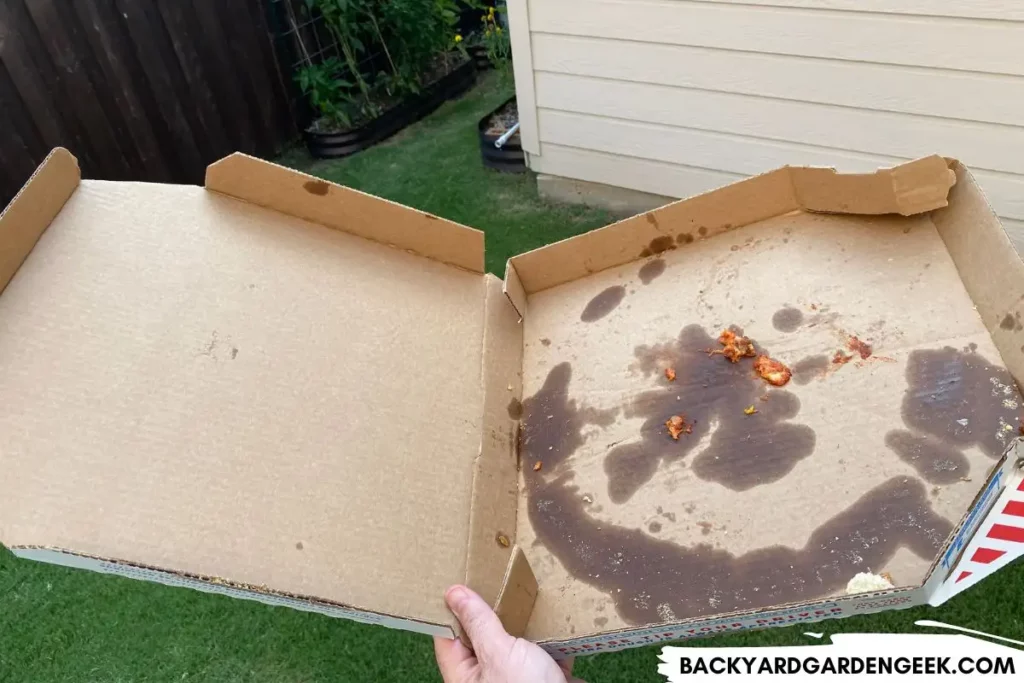
This is what the city of Dallas encourages people to do. The Republic Services trash company also recommends tossing greasy pizza boxes in the trash.
But others disagree, like the American Forest and Paper Association and the Sierra Club, and some municipalities encourage residents to not compost but recycle pizza boxes. Given these discrepancies, you’ll want to contact your local city office to learn more.
But what about the ink on most pizza boxes? If it safe for the compost pile?
Thankfully, most major pizza companies, including Domino’s, Pizza Hut, Papa John’s, and Little Caesars, have shifted to using soy-based inks for their branding, so you can compost these boxes without a problem.
If you’re unsure about the ink since the box is from a local pizza shop, I recommend cutting out those pieces and trashing them to err on the safe side.
Now that I’ve covered the basics, here’s how you can compost your pizza boxes properly:
| Step 1: Inspect the Box | Evaluate the condition of your pizza box. If it’s overly greasy or has large cheese or food residues, trash it. If it’s relatively clean, with only minor grease spots, you can add it to your compost. |
| Step 2: Remove Unwanted Materials | If your box has parts with colored ink that you’re unsure about or any stickers affixed to it, now’s the time to rip those parts off. Any plastic parts like the tiny thing that prevents the box top from sagging onto the pizza? Get rid of that too! |
| Step 3: Cut or Shred the Box | Cardboard takes a long time to break down in the compost pile. You can speed up this process by increasing the surface area exposed to the composting microbes. I recommend cutting or shredding your pizza box into smaller pieces. Scissors will do the job, but a box cutter or a heavy-duty shredder can make this step much easier. |
| Step 4: Add to Your Compost | Once your pizza box pieces are ready, add them to your compost pile or bin. Remember to add some green materials when you do so! |
| Step 5: Turn Your Compost | To speed up the composting process and maintain a healthy compost pile, turn or mix your compost regularly. This step will ensure that your pizza box and other compost materials decompose evenly. |
Composting pizza boxes requires a little discernment and a few minutes of work, but you’ll be doing your small part to keep excess waste out of the landfill while also adding some necessary carbon to your compost pile or bin.

What Can You NOT Compost?
Much like most pizza slices, there are all kinds of things that you should never put in your compost.
Here’s a quick breakdown of the items that should never be added to compost, even if they seem biodegradable:
- Meat and Fish Scraps: These can attract pests, introduce pathogens, and or cause odors.
- Dairy Products: These also attract pests and can create foul smells.
- Fats, Grease, and Oils: These can create water-repellent layers in your compost, disrupting the composting process.
- Pet Waste: Dog or cat feces can introduce harmful bacteria and parasites into your compost.
- Diseased Plants: Diseases can survive the composting process and infect future plants, so always put diseased plants in the trash.
- Weeds and Rhizomatic Grasses: Some weeds can survive composting and spread when you use your compost. Rhizomatic grasses like Bermuda grass can as well. You’ll want to keep both out of your compost!
- Coal Ash: It’s high in sulfur and iron and can harm your compost’s balance.
- Synthetic Chemicals: Things like pesticides or herbicides can kill the beneficial organisms in your compost pile.
- Glossy or Colored Paper: These often contain heavy metals and other toxins.
- Plastic, Glass, or Metal: These don’t decompose and can contaminate your compost.
- Large Branches or Twigs: These take a long time to break down and can delay your compost’s readiness.
- Tons of Onions and Citrus Peels: These are often too acidic but only in very large quantities. If you’ve only got some here and there, compost away!
- Rice: Cooked rice can breed bacteria, and uncooked rice can attract pests.
- Bread and Pasta: These can technically be composted—see my advice about pizza crusts above—but please be careful. You can attract unwelcome pests if you’re not careful.
- Walnuts: They contain juglone, a substance that can be toxic to some plants. Best to avoid!
Being selective about what goes into your compost pile is always good, whether we’re talking about pizza or other products from your kitchen.
If you’re unsure, don’t throw your scraps in the compost pile, but don’t just assume that things aren’t compostable. A quick search online will often clear things up!
More Information
Interested in reading more about compost and healthy garden soil? Check out these articles:
- 7 Reasons to Put Cardboard Under Your Raised Garden Beds
- 9 Easy Steps to Build Raised Garden Beds on Your Grass Lawn
- 18 Best Materials to Put in the Bottom of Your Raised Beds
- 40 Cheap and Easy Ways to Fill Your Raised Garden Beds
- 50 Plants You Should Never Compost (and Those You Should)
- Can You Put Bark or Mulch in the Bottom of a Raised Bed?
- Composting Pizza Boxes: A Simple, Step-by-Step Guide
- Do Raised Beds Need Yearly Compost? (Here’s What to Do)
- Don’t Compost These Weeds (30+ Plants to Avoid)
- Should You Remove Grass Under Raised Beds?



